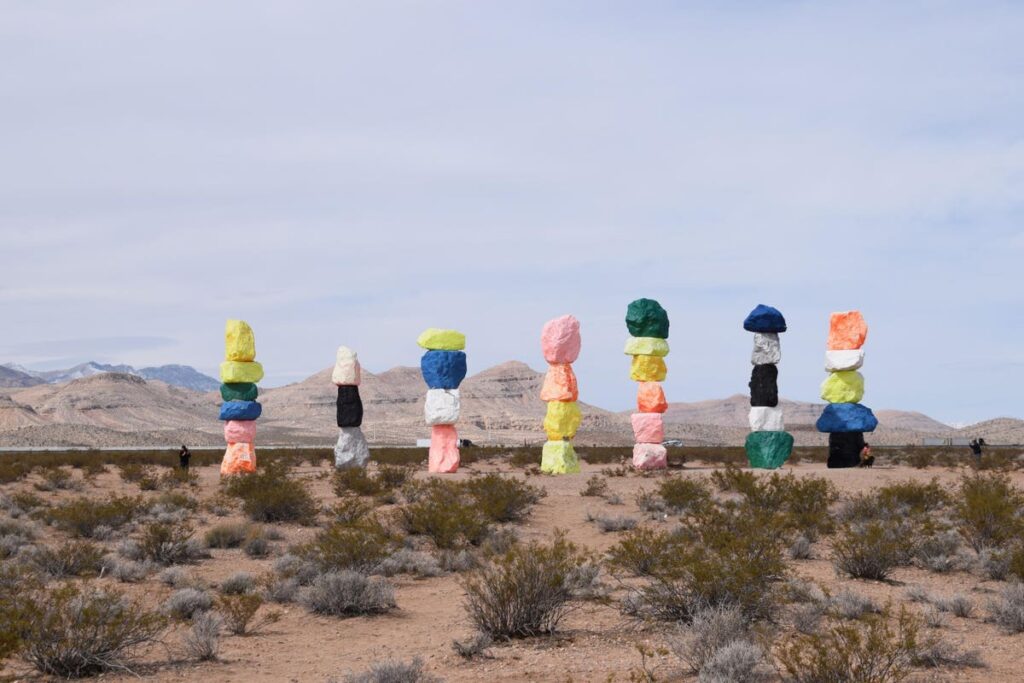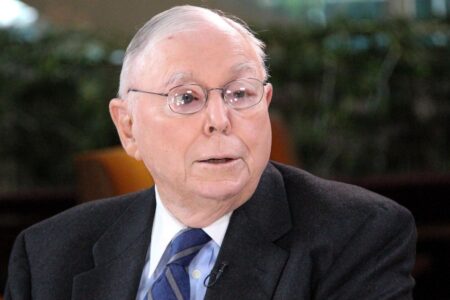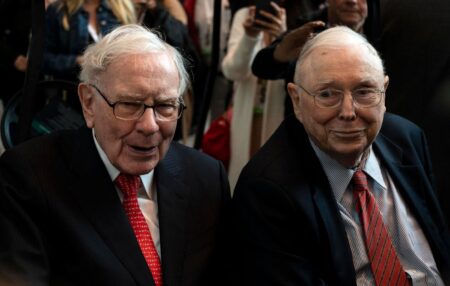The word “the next generation” is often touted within the private wealth sector, just like many other industries today. To help make sense of concepts, especially when you’re not part of a movement, school of thought, industry, or generation, various frameworks often come handy. Think Edward De Bono’s lateral thinking, Michael Porter’s 5 forces, Clayton Christensen’s disruptive innovation – all tools which changed the way we understood business and the world at large.
When looking to the next generation, Patrick Hanlon’s concept of Primal Branding® can help unpack what’s happening. Primal Branding® is a method for creating a community around a product, service, or idea consists of seven elements: Creation story, creed, icons, rituals, pagans (non-believers), sacred words, and leader. The world is witnessing the rise of a new tribe: the next generation of wealth owners. Just as every tribe has a distinct code, this group, too, is defined by unique traits, ideologies, and rituals. Let’s decode them using the Primal Code framework.
ADVERTISEMENT
1. The Creation Story
The financial landscape was once dominated by a generation that was primarily concerned with wealth accumulation. Today, a new narrative is unfolding. This new generation, born in the cradle of the tech boom and environmental consciousness, is redefining wealth ownership.
Hanlon: Where we come from is our legacy. A fortune made in the lumber business, for example, may guide us into planting new forests, or funding nature conservancies. An example. Patagonia and North Face founders, who outfitted climbers and outdoor enthusiasts, are now buying millions of acres of land to convert those lands into National Parks.
2. Creed
The creed of the next generation wealth owner is simple: wealth should be a tool for positive change. This generation believes in sustainable-, ESG- & impact investing, sees wealth as a way to effect social and environmental transformation, and values sustainable and responsible financial growth.
ADVERTISEMENT
Hanlon: What stakeholders want to figure out is, What difference have we made in the world thus far. Then, what is the difference we want to make in the future? Is it the same, or is it different? Rallying all the family members and fellow wealth stewards around a single vision can be challenging. One company had been formed by two brothers who owned a global shipping line. Each brother had several children and, ultimately, the cousins had to come together to decide what interests they had in common, what they all believed in, and how to distribute the monies in their Foundation to truly have impact. Sometimes that impact will be greater by simplifying or focusing in one area.
3. Icons
The icons of this tribe are their organization brands, investment funds, sustainable portfolios, innovative technologies, and philanthropic endeavors. Think green energy companies, digital assets, and social justice initiatives. Their wealth and their passions are reflected in their portfolios.
Hanlon: How do we know it’s you? This identifier might be your logo in the sponsor list at the bottom of the page. But more meaningful is the evidence of how you have made a difference. That evidence may be in the form of a building (e.g. museum or elementary school), nature conservancy, a public area in urban spaces, a solar farm or low income housing. Exact icons will vary depending on the sector you are in.
ADVERTISEMENT
4. Rituals
Group rituals revolve around continuous learning, nurturing entrepreneurship, and practicing philanthropy. Regularly reviewing the impact of their portfolios, being mindful, attending tech innovation seminars, or participating in charity events are all part of their routine.
Hanlon: Another word for ritual is process. This is operational and the way we do things. But other rituals are more cultural: What things do we celebrate? How often do we celebrate them? How do members of our tribe communicate what we are trying to achieve? How do we spread the word?
5. Pagans (Non-believers)
Those who view wealth purely as personal enrichment, with no regard for social responsibility or environmental impact, are the non-believers of this tribe.
ADVERTISEMENT
Hanlon: There will always be naysayers. Trolls. Liars who want to force their own views on an ignorant or gullible public.
6. Sacred Words:
Terms like “sustainability,” “innovation,” “transparency,” “diversity,” “inclusion,” and “balance” form the sacred lexicon of the new tribe of wealth owners. They signify the values that are paramount to these wealth owners.
Hanlon: I might add honesty, tolerance, kindness, commitment, perseverance. The key is to build the narrative that we want others to tell. How do we talk about the issues that matter to us? Sometimes this may be just stating the facts. Other times, it might be clarifying our opinion on issues. These communications are the words and images that become our Brand Voice. We broadcast this across social, digital and traditional media—which can be via our website, Facebook, Instagram, reports, but also through documentaries, films, YouTube.
ADVERTISEMENT
7. The Leader
The leaders of this tribe are those who not only accumulate wealth but also invest it wisely to create a positive societal impact. They lead by example, championing responsible investment, transparency, diversity, and a balanced approach to life.
Hanlon: Amen. Capitalism is not just about becoming rich or wealthy. The responsibility of wealth is to share the proceeds of commerce. The real profit is to build thriving societies free of poverty, pollution, hunger, ignorance or disease. Success is circular. When one person succeeds, they help another who helps one more. Responsibility then is shared throughout the community, throughout our lifetimes as we build the values and what is tenable for future generations. We do not know what circumstances the future will bring. But if we can establish the essence of human equality, economic justice, and the responsibility that one human being has for another, we will have set the model and help those who rise behind us to succeed.
The next generation of wealth owners is not just a group of individuals inheriting wealth; they are united by a shared vision of using that wealth to drive positive intentional change.
There is something to the notion of measuring happiness. Make it glocal. The narrative designed using Primal Code paints a vision of a future where wealth serves not only owners but also benefits society at large—wealth becomes a tool for creating a more sustainable and equitable world. What a happier world that would be.
ADVERTISEMENT
Read the full article here













